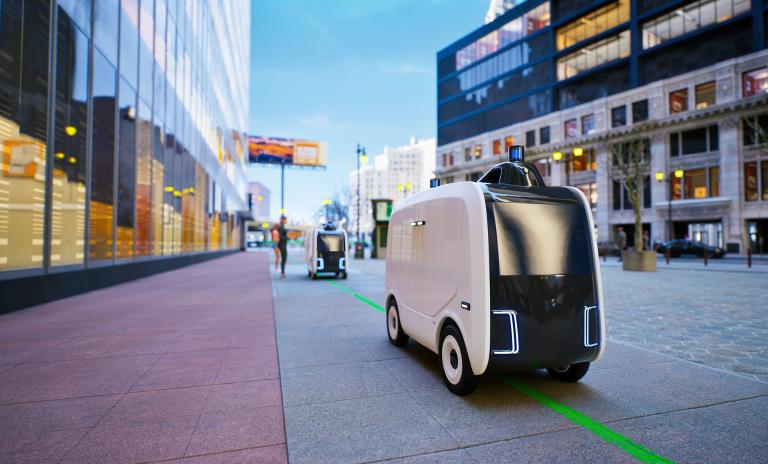The automotive world is experiencing unprecedented change. By 2040 the industry will be polarized, automated, connected and electrified – or PACE, for short.




Despite significant progress, the adoption of autonomous driving is taking much longer than originally predicted. While assisted driving (Level 2 and higher) is making good headway, progress on highly automated driving systems (Levels 3 and 4) still lags far behind initial forecasts. Obstacles remain in a number of areas, such as how autonomous vehicles (AVs) respond to unusual traffic situations, the existence of regional differences in regulation and public acceptance of driverless vehicles. Not only that, but the jury is still out on the economic viability of AVs outside of specific urban settings. These challenges are not insurmountable, but the sector needs the full support of policymakers and keen cost awareness by AV companies for a breakthrough to be possible.
One of the four PACE megatrends highlighted in the Roland Berger Automotive Outlook 2040 is automation. Considerable progress has been achieved in recent years in this domain, with an ever-increasing number of miles driven and a declining number of "disengagements" – occasions where the technology fails and the vehicle disengages from autonomous mode, passing control on to the human safety driver. In California alone, AVs drove more than nine million miles in 2023, of which 3.3 million were fully driverless. But despite these impressive figures, earlier forecasts that autonomous driving would disrupt mobility have not fully materialized: Only a few cities in the world have robotaxis on their roads and as yet a limited number of AVs are in operation.
By the year 2040, we expect to see multiple real-life applications of autonomous driving on the roads. But getting there will be a gradual journey. To help monitor developments, we propose five "progress markers" on the path to driverless vehicles, from AVs being available on demand to autonomous driving becoming legal on public roads. Over the coming decade and a half, we expect to see progress on all of these markers, but with differences in the speed of progress depending on the use case and region. For example, US and Chinese cities already have robotaxis on the road and fully legal in certain environments, while the approval process for AVs has made the most progress in Germany and the United States. Similarly, some robotaxi operators in China are reporting that they might soon reach breakeven point – although it is worth pointing out that their figures do not include R&D (research and development) costs. In fact, robotaxis can only become profitable if they enjoy high utilization, which is only likely in cities with high population densities, strong customer willingness to pay, manageable traffic complexity and a favorable regulatory environment.
Having examined the current situation and future indicators in depth, we believe that the impact of automated driving on automotive players will be rather limited in the next decade and a half. On-demand AVs, for instance, will not have a disruptive effect either on the business models of incumbent automotive players or on the number of vehicles they sell. New revenue and profit pools may open up for premium OEMs with the development of AVs for private use that allow the human driver to request control (Level 4), but automakers in general are unlikely to engage in full-stack development in-house as this would drain the resources they badly need for the transition to electric powertrains. We foresee full-stack autonomous mobility providers capturing a share of the market – but this share will be limited in size and, again, restricted mainly to metropolitan areas.
Register now to access our “Automotive 2040: Autonomous driving” spotlight topic and delve into the shifting landscape and challenges of autonomous driving. Furthermore, you will automatically receive our spotlight topics and regular news.
